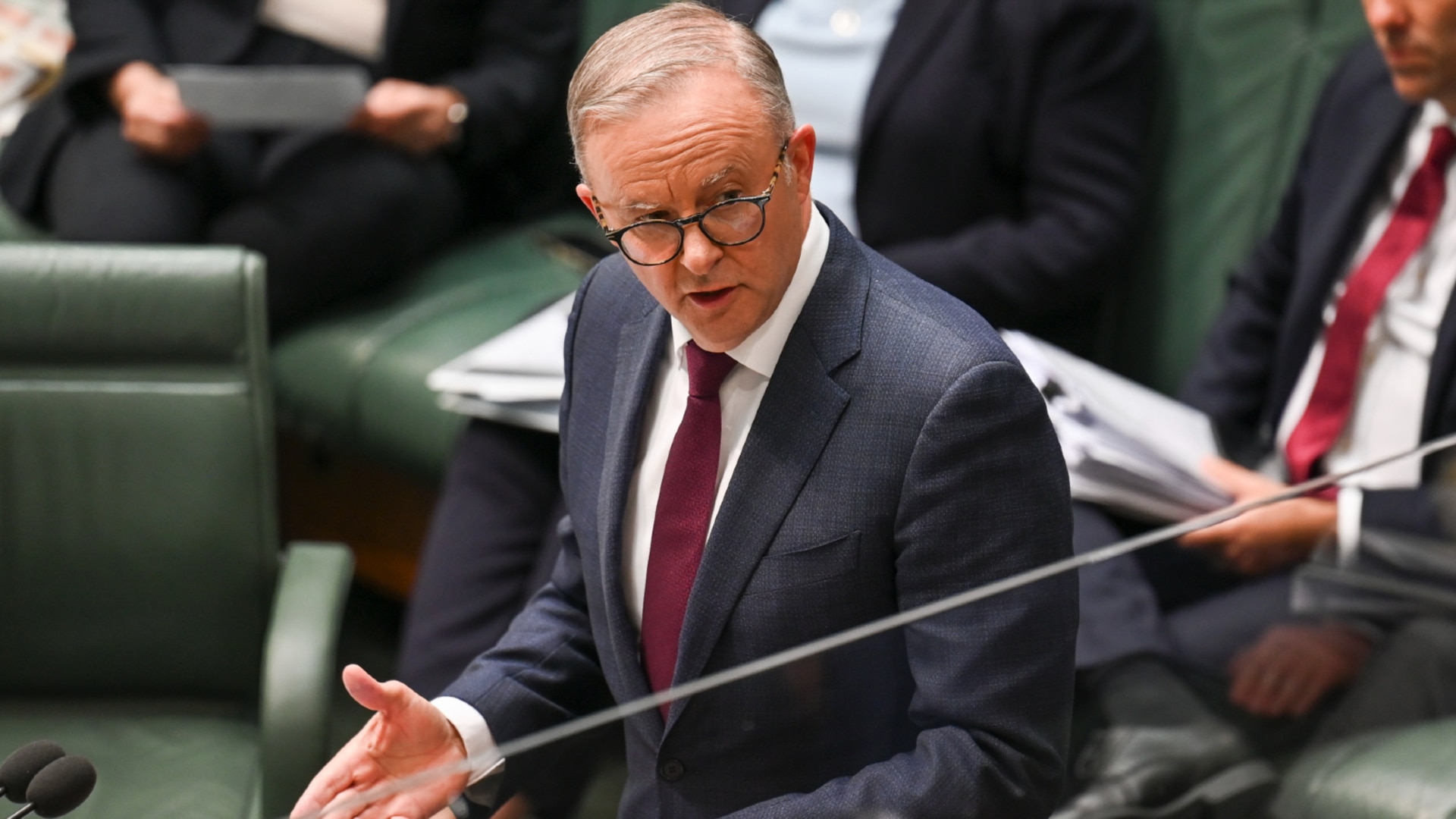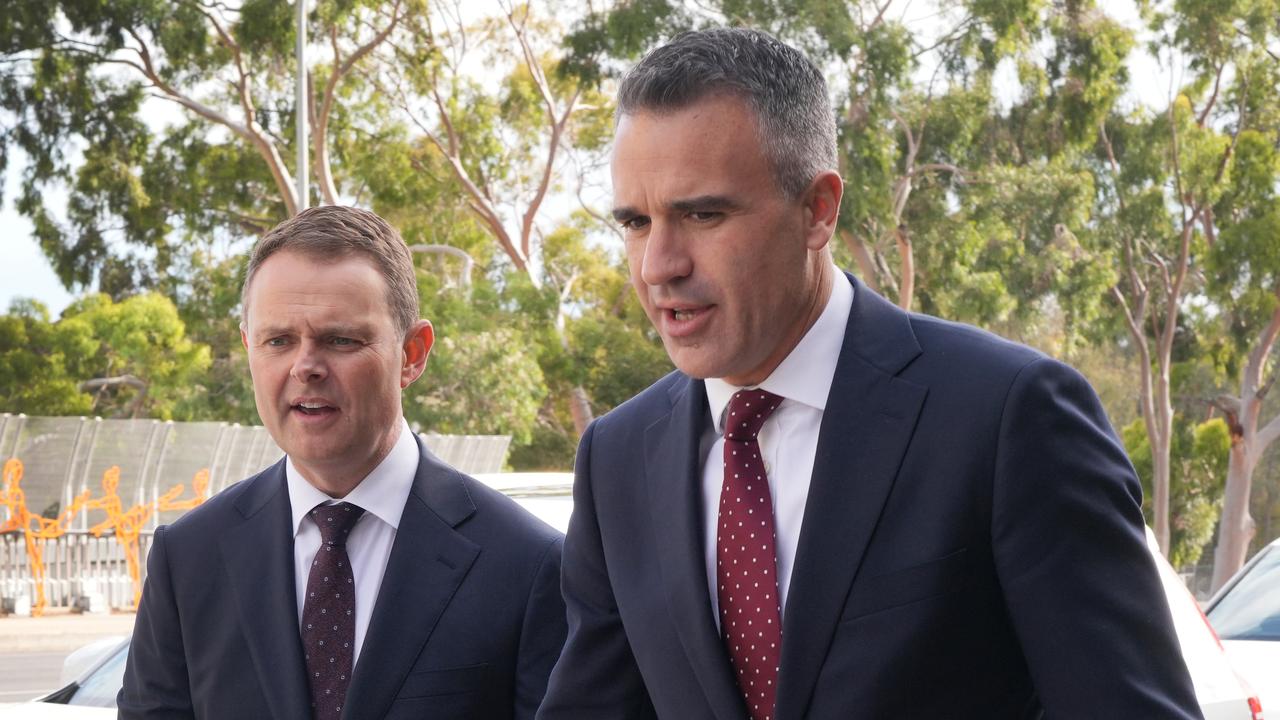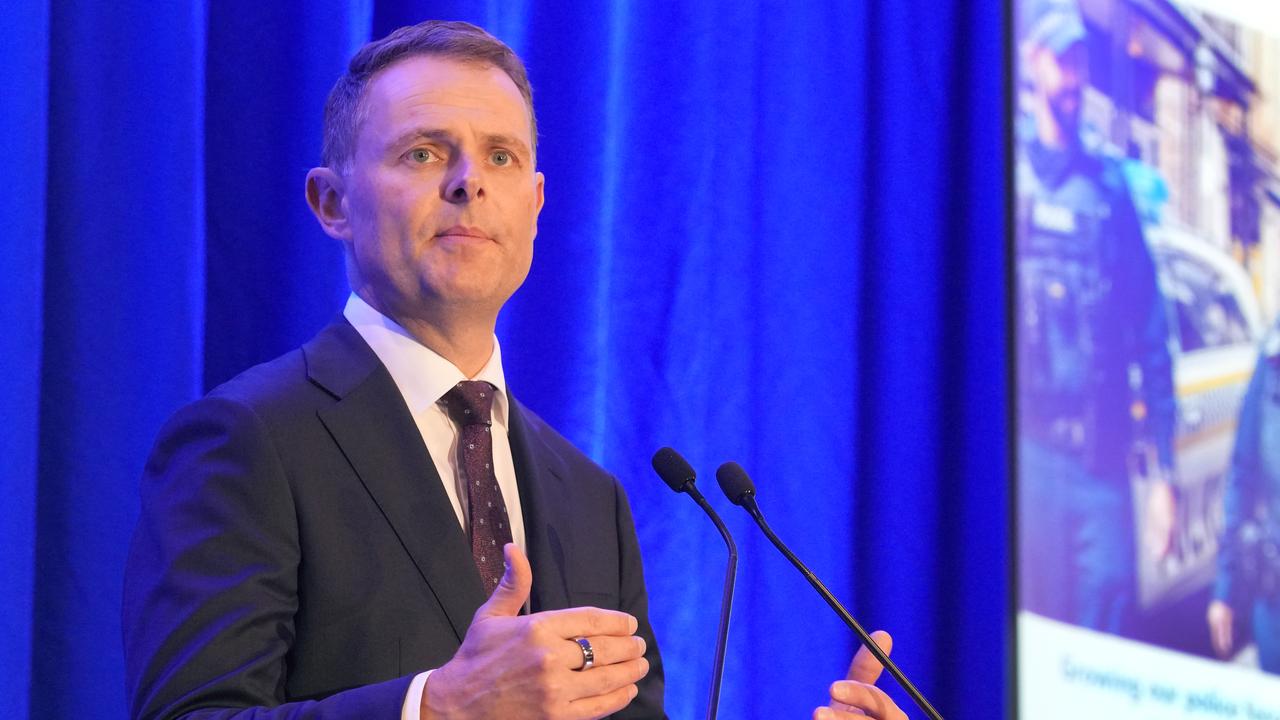Climate change spend surges to $9bn a year
Federal government spending on climate change and net-zero policies have reached $9bn a year, up from $600m just a decade earlier.

Federal government spending on climate change and net-zero policies have reached $9bn a year, up from $600m just a decade earlier and up more than 400 per cent in the last term of parliament, new analysis shows, despite concerns progress on emissions cuts is too slow and the costs of electricity keeps rising.
Economists are now calling out whether the ramp-up in government net-zero spending is delivering proper value for money for taxpayers and that building bottlenecks could have further inflationary pressures.
Without government cash rebates, which have cost the federal government a separate $6.8bn, electricity prices for households alone would have increased 17.6 per cent since June 2023 according to the Australian Bureau of Statistics.
Aggregating the spending commitments of federal government programs related to, or focused on, climate change and net zero in each federal budget over the past decade, Institute for Public Affairs chief economist Adam Creighton found that annual funding accelerated under the Albanese Labor government by more than 400 per cent.
Budget documents show the spending leapt to more than $9bn as recorded in the March budget, up from $1.7bn in the March 2022 federal budget.
“The array of ‘programs’ and ‘funds’ related to climate change and net zero, which are typically piled on top of one another, year after year, has become ridiculous and almost impossible to track. It raises serious questions about how effectively and efficiently public funds are being spent,” Mr Creighton said. “Despite all this soaring spending on net zero, Australia’s emissions have fallen only 2.8 per cent on the government’s own figures compared to 2005, once you exclude creative accounting with trees.”

The Department of Climate Change showed last week that emissions rose 0.05 per cent in 2024, with electricity emissions up 2.2 per cent due to higher demand and lower hydro generation. The department expects emissions in the year to March will show a drop of 1.2 per cent. The baseline for Australia’s 2030 target under the Paris Agreement is June 2005.
While Liberal backbenchers have called for a scrapping of net zero, opposition environment spokesman Dan Tehan said there was too much spending in this area. “The cost explosion is further evidence of the complete mess that the arrogant Chris Bowen has made of emissions reduction. Under his watch electricity prices and gas prices have skyrocketed, energy security is at risk and emissions have gone up,” he said.
“Now we have evidence that taxpayers are getting little value for money out of Chris Bowen’s out-of-touch approach.”
He said the risk was the money spent on renewables risked bottlenecks and “potentially inflationary pressures at a time when the government needs to be putting downward pressure on prices”.
The construction of electricity generation and distribution, which is dominated by renewable energy projects such as wind and solar, has now reached a record share of total engineering construction.
Westpac economist Pat Bustamante said that since 2020, work done on renewables had grown by 250 per cent from around $2bn a quarter to around $7bn, “with a significant portion of this growth driven by the public sector”.
“Investment in renewables has increased significantly in the last few years – by around 250 per cent since 2020. Whether the ramp-up continues at (its) current speed remains uncertain, given the significant cost blowouts reported by the Australian Energy Market Operator and others as growth in investment pushes up against capacity constraints”
The Australian Energy Regulator has declared electricity bills are already set to rise by as much as 9 per cent from July 1, while Anthony Albanese is facing criticism over his failure to deliver on a pledge to lower electricity prices by $275 amid a national cost-of-living crisis.
Commonwealth Bank of Australia chief economist Luke Yeaman said he thought Australia was broadly on track to achieve its 82 per cent renewable energy target by 2030.
“But the next few years are critical and there is a huge task to deliver the additional renewable generation, storage and transmission capacity that’s needed,” Mr Yeaman said.
The National Electricity Market requires six to seven gigawatts of renewable power to be installed annually until 2030 but has only commissioned 2.2GW in 2023-24 and 2.5GW in the first three quarters of 2024-25.
Mr Yeaman said the federal government’s Capacity Investment Scheme would underwrite investment in new renewable capacity but there was potentially added risks for investors.
“Slow and complex planning and project approvals, workforce and supply constraints, and concerns around social licence in affected local communities all have the potential to hinder the renewables rollout,” he said.
The IPA’s Mr Creighton said the costs of replacing fossil fuel energy sources with wind, solar and batteries had “always been difficult to estimate because forecasting prices, economic behaviour and technological developments well into the future cannot be undertaken with much confidence”.
A spokeswoman for Chris Bowen said: “We are taking advantage of the opportunities created by the global shift to renewables - with demand for our critical minerals and our renewables know how”.
“Those opposed to net zero create misleading calculations of investments and costs that are only designed to claim everything is too hard and too expensive and we should just give up,” she said.




To join the conversation, please log in. Don't have an account? Register
Join the conversation, you are commenting as Logout